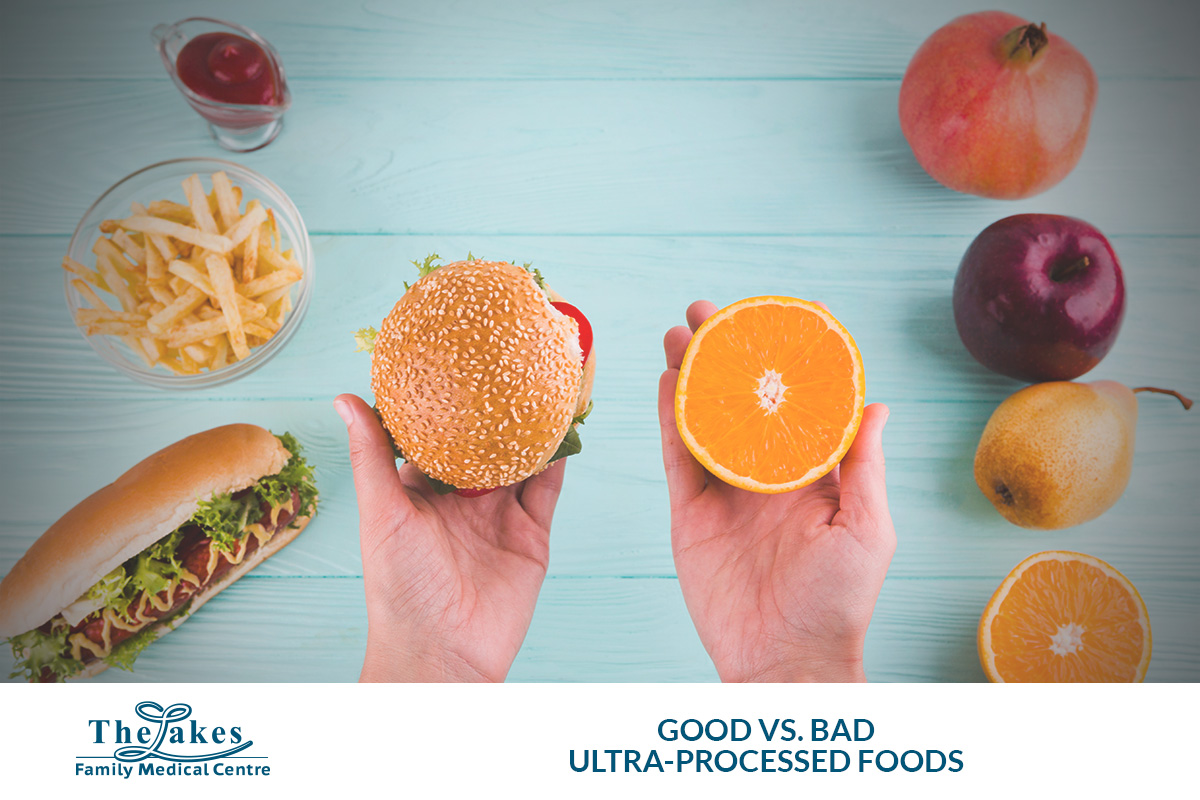
Ultra-processed foods (UPFs) appear in almost every Australian household. From quick snacks after school to easy dinners on busy weeknights, they provide convenience that many families rely on. However, UPFs often carry a poor reputation. They are linked with obesity, type 2 diabetes, heart disease and other chronic conditions.
Yet the truth is more nuanced. Not every UPF deserves the label of “bad food.” Some ultra-processed products supply important nutrients and can play a role in a healthy diet when chosen carefully. Recent advice from the American Heart Association even confirms that the quality of a processed food often matters more than the fact it has been processed.
So, how can you tell which foods to enjoy regularly and which to keep as occasional treats? Let’s take a closer look.
What You Will Learn
- What qualifies as an ultra-processed food
- Why not all UPFs are equally harmful
- Healthier vs. less healthy examples of UPFs
- How to read food labels with confidence
- Practical food swaps for Australian households
- Why balance and moderation matter
What Are Ultra-Processed Foods?
Ultra-processed foods undergo several industrial steps before reaching your plate. Manufacturers often add preservatives, flavour enhancers, artificial colours or emulsifiers to improve taste, texture and shelf life. As a result, these foods usually look very different from their original ingredients.
You will find UPFs in many common items, including:
- Packaged snacks such as chips, biscuits and confectionery
- Soft drinks, iced teas and energy drinks
- Instant noodles and packet soups
- Processed meats such as sausages, bacon and salami
- Many supermarket breads and cereals
However, not all processing is bad. Freezing vegetables, for instance, preserves vitamins and minerals. Canning beans makes them more accessible and affordable. Fortifying plant-based milks with calcium and vitamin D improves nutrient intake, particularly for people who avoid dairy. Therefore, it is not the processing alone that makes a food unhealthy, but its nutritional profile.
Why Not All UPFs Are Equal
Healthier Ultra-Processed Foods
Some UPFs still deliver fibre, protein, vitamins and minerals. These options make it easier to follow a balanced diet, especially when time is limited. Healthier examples include:
- Whole grain breads: Low in added sugar and salt, rich in fibre for gut health.
- High-fibre cereals: Options such as rolled oats with little or no added sugar.
- Fortified plant-based milks: Soy or almond milk enriched with calcium, vitamin D and B12.
- Canned beans and legumes: Chickpeas, lentils and baked beans in reduced-salt varieties.
- Plain or Greek-style yoghurt: Especially those with live cultures for gut and bone health.
These foods combine convenience with nutrition, making them valuable for busy households.
Less Healthy Ultra-Processed Foods
Other UPFs add little nutritional value and contribute excess sugar, salt and unhealthy fats. Over time, these foods can raise the risk of obesity, high blood pressure, diabetes and cardiovascular disease. Examples include:
- Soft drinks and energy drinks: High in sugar with no nutritional benefit.
- Processed meats: Ham, salami, bacon and sausages, which are high in sodium and saturated fats.
- Instant noodles: Often contain excessive salt, preservatives and refined starches.
- Refined snack foods: Cakes, pastries, chocolate bars and sweet biscuits.
- Fast food meals: Burgers, fried chicken, pizza and hot chips.
Eating these foods occasionally is fine, but making them a daily habit can damage your long-term health.
How to Read Food Labels with Confidence
If you want to separate healthier UPFs from less healthy ones, learn to read nutrition labels. Here’s what to focus on:
- Fibre: Choose cereals and breads with at least 3g of fibre per serve.
- Protein: Look for yoghurts, dairy or plant-based alternatives with 5–10g per serve.
- Added sugars: Select “no added sugar” or “reduced sugar” products.
- Sodium: Opt for foods with less than 120mg per 100g.
- Ingredients list: Prefer products with shorter lists and recognisable foods like oats, beans or milk.
In Australia, the Health Star Rating system provides a quick guide, but it is still important to read the full nutrition panel for accuracy. Fortified products that include calcium, iron, iodine or vitamin D are also worth choosing, as they can fill gaps in your diet.
Practical Food Swaps for Australians
Eating better does not mean giving up all convenience. Instead, small substitutions can make a big difference:
- Swap white bread for whole grain or seeded bread.
- Swap flavoured yoghurt for plain Greek yoghurt topped with fresh fruit.
- Swap soft drink for sparkling water with a slice of lemon or berries.
- Swap instant noodles for a quick stir-fry with rice noodles and frozen vegetables.
- Swap processed deli meats for tuna, grilled chicken or legumes.
These changes reduce sugar, salt and unhealthy fats, while boosting fibre, protein and key vitamins.
Moderation Is the Key
Above all, remember that no single food defines your health. What matters is your overall pattern of eating. Many dieticians recommend the 80:20 rule:
- 80% of your diet comes from whole foods such as vegetables, fruit, whole grains, legumes and lean proteins.
- 20% can include healthier UPFs or the occasional indulgence.
This approach makes eating realistic and sustainable. It also allows families to enjoy the convenience of processed foods without guilt, while reducing the risks of chronic diseases linked to poor diets.
Key Takeaway
Not every ultra-processed food is “bad.” While many UPFs are best enjoyed only occasionally, others provide important nutrients and convenience that support modern lifestyles. By reading labels carefully, making simple swaps and embracing moderation, you can enjoy both convenience and good nutrition. At Lakes Family Medical Centre, we are here to guide you with personalised health checks, chronic disease management and family-focused nutrition support so you can make informed choices for a healthier future.
Read More Articles:



